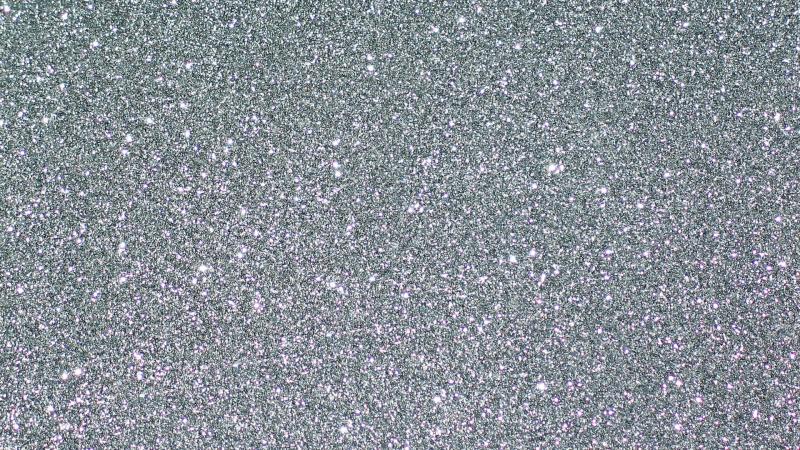
A team of researchers from Indian Institute of Science (IISc), Bengaluru, Max Planck Institute for Intelligent Systems, Stuttgart, Germany, and University of Stuttgart, Stuttgart, Germany have developed a novel silver nanoparticle-graphene hybrid photodetector device with an increased ability to detect Ultraviolet light.
Graphene—a form of carbon made of a single sheet of graphite or carbon atoms arranged in a hexagonal pattern, has been a much studied material, ever since its rediscovery in 2004. Thanks to the advantageous electrical and physical properties of this 2 dimensional material, researchers have been able to exploit these properties to advance the electronics and materials industries. One area where graphene has been found wanting is in its interaction with photons-particles of light.
To enhance this property of interaction with light, researchers have proposed several strategies. One of these strategies has been to sensitize the grapheme with plasmonic nanostructures, to form a graphene-plasmonic hybrid system. Plasmonic nanoparticles are particles which show an increased interaction with light of wavelength larger than the particle itself. These particles are said to interact with light waves through an oscillation of their internal electric fields, as the light hits the particle. Previous studies have demonstrated enhanced visible and infrared light detection efficiency in graphene-plasmonics hybrid materials. However, these devices haven’t been efficient at detecting ultraviolet (UV) light.
In their new study, the researchers wanted to develop a graphene-plasmonics hybrid material with enhanced UV light detection abilities. For the study, silver nanoparticles were chosen as the plasmonics particles, which were decorated with graphene, to form the hybrid structure.
The researchers employed self-assembly and physical shadow growth techniques to “fabricate a regular large-area array of silver nanoparticles, each measuring around 50 nanometers. Onto this array, grapheme is deposited using chemical vapour deposition technique, where graphene vapour is incident on the nanoparticles to form a layer of graphene on them. “The device fabrication strategy is scalable and modular” remark the authors, making it easier to commercialize the process.
The new silver nanoparticle-graphene hybrid device showed an enhanced ability to interact with light of wavelength ranging between 330 nanometers to 450 nanometers. Further, when lower wavelengths of light were used, the researchers measured an even higher responsivity from the hybrid device corresponding to a staggering 10000 times increase over the responsivity of native graphene. If commercialized, the material could greatly increase our ability to detect ambient UV light.






